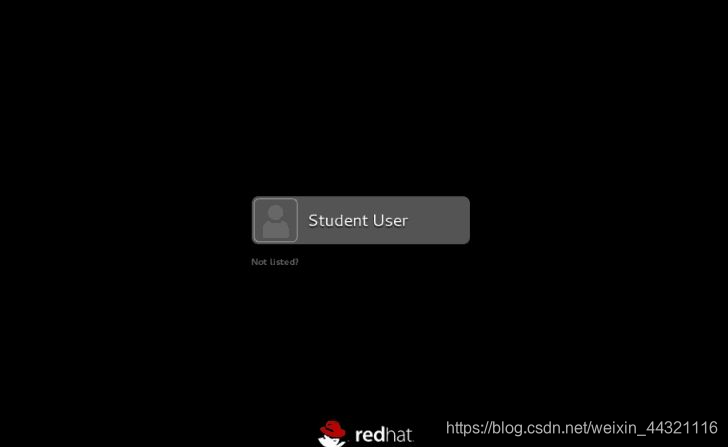Linux新手基础1 ——认识linux
1.输入法调整的调整
Application ----->System Tools -----> Settings ------> Rejion&language -----> Input source ---->+ ---->Chinese ---->Pinyin
注意: 设置好之后用shift 是切换语言的方式
2.虚拟机的管理
常规操作:
[kiosk@foundation0 Desktop]$ rht-vmctl start desktop
##打开虚拟机
[kiosk@foundation0 Desktop]$ rht-vmctl view desktop
##显示虚拟机
[kiosk@foundation0 Desktop]$ rht-vmctl poweroff desktop
##关闭虚拟机
[kiosk@foundation0 Desktop]$ rht-vmctl reset desktop
##重置虚拟机,当虚拟机出现任何解决不了的问题时就使用这个命令
报错分析:
[kiosk@foundation0 Desktop]$ rht-vmctl start desktop
Error: desktop not started (is already running)
##虚拟机正在运行
[kiosk@foundation0 Desktop]$ rht-vmctl view desktop Error: unable to view desktop - not currently running.
##虚拟机未运行,不能直接显示
[kiosk@foundation0 Desktop]$ rht-vmctl stat desktop
This utility manages the Red Hat Training VMS on the local
hypervisor.
Usage: rht-vmctl [-q|--quiet] VMCMD VMNAME [DATETIME]
rht-vmctl -h|--help
where VMCMD is one of:
view - launches console viewer of VMNAME
start - obtain and start up VMNAME
stop - stop running VMNAME
##参数报错
Error unrecognized VMNAME specified , dektop
##虚拟机名称错误
[kiosk@foundation0 Desktop]$ rht-vmctl start desktop bash:rht-vmctl:command not found...
##命令错误
虚拟机信息:
desktop:
| 用户 | 密码 |
|---|---|
| student | student |
| root | redhat |
server:
| 用户 | 密码 |
|---|---|
| student | student |
| root | redhat |
root登陆顺序
Not listed -----> root ----> redhat
3.文本界面登录
Red Hat Enterprise Linux Server 7.0 (Maiop) ##系统版本
Kernel 3.10.0-123.el7.x68_64 on an x86_64 ##内核版本
desktop login: ##输入用户名称
passwd: ##输入密码(密码不回显)
4.什么是shell
shell是保护内核的软件并提供用户和Linux操作系统之间的接口。
当前系统默认使用使用类型:bash ##GNU Bourne again Shell
5.在linux中如何运行命令
| 命令 | 参数 | 目标 |
|---|---|---|
| ls | -s | test |
| ls | --size | test |
敲重点:
1.参数用来指定命令的某些功能,可以加也可以不加
2.命令和参数和目标之间一定要用空格分开 否则会报错
3.参数中“-” 表示单词的缩写,“–”表示单词的全拼
4.在执行命令时通常遵循这些规则,特殊情况除外
5.命令必须在行提示符之后输入,没有行提示符的输入时无效的。
**6.命令行提示符中每个字符的含义
[root@localhost Desktop]#
| root | 运行shell的用户是谁 |
|---|---|
| @ | 分割符号 |
| localhost | 主机短名称 |
| Desktop | 所在当前主机的位置 |
| # | 身份提示符号 $表示普通用户 #表示超级用户 |

